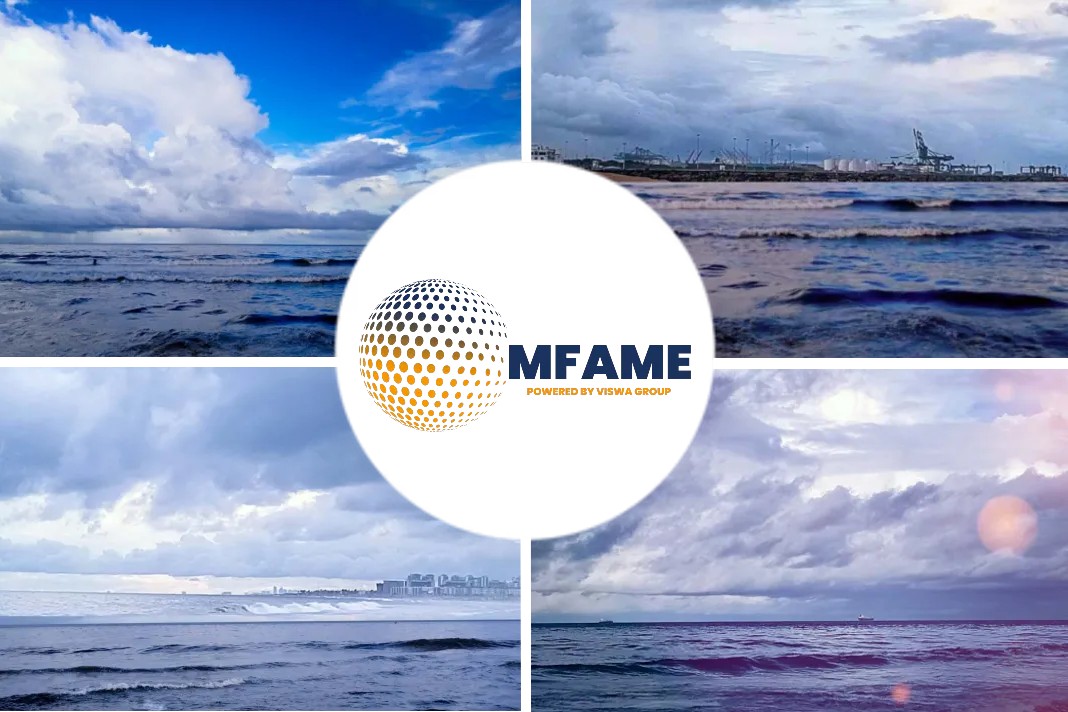
A CN Traveler news source speaks about Sailing on the ‘Sylvia Earle,’ an Antarctica Expedition Ship Led By Women Scientists.
Mars-like landscape of King George Island
In the case of Earle, 87, that list of accolades is monumental. In 1970, she led a two-week stay in the underwater laboratory, part of the Tektite II project co-sponsored by NASA, which studied the psychological effects of living in confined spaces—the space agency was interested in the implications for long-duration space missions. Though Earle had applied for earlier missions in the Tektite program, women were excluded from participating; Earle’s mission, Mission 6, was an all-female team of aquanauts. In 1979, she set the record for the deepest untethered sea walk by a woman: wearing a specialized diving suit, Earle strolled the ocean floor at a depth of 1,250 feet. And in 1990, Earle became the first female Chief Scientist of the National Oceanographic and Atmospheric Administration (NOAA). With her robust body of underwater work, it should come as little surprise that Earle has earned the colloquial title ‘Her Deepness.’
But the ship Sylvia Earle isn’t solely dedicated to Earle. In fact, each of her decks is named after a female leader in ocean sciences: marine educator Sharon Kwok, plastic-free pioneer Joanna Ruxton, coral conservationist Dr. Carden Wallace AM, Arctic wildlife guardian Bernadette Demientieff, marine biologist Dr. Asha de Vos, and conservationist Hanli Prinsloo. And then there are the women onboard the ship itself. All expedition cruises are home to a staff comprising experts in a variety of fields relevant to the sailing’s itinerary, from scientists to mountaineers to historians, and on our sailing, the 23-strong team includes seven women, most of whom were Antarctic veterans with specialties ranging from scuba diving to marine zoology. As someone obsessed with ice, volcanoes, and outer space, I was particularly drawn to the multi-hyphenate Dr. Ulyana Horodyskyj Peña, a glaciologist, geologist, mountaineer, professor, and astronomy enthusiast. (Enthusiast might be an understatement; she was a semi-finalist for the NASA astronaut class of 2017.) Appropriately, I formally met her atop a glacier.
After leaving King George Island with my group on board, Sylvia Earle made for Recess Cove, where guests took their first steps onto the continent. For some, scrambling over the sea-smoothed rocks at the edge of the landing site was exciting enough—this was, after all, terra firma in Antarctica. For others, there was the option of a fairly brief, but rather vertical hike up a glacier to a scenic overlook.
Few black dots on a ridge
Looking up across the ice, I spotted a few black dots on a ridge—the scouting team testing for crevasses that could swallow you whole if you took a single misstep. “Keep the flags to your right,” a guide told me before I embarked on the trek, gesturing to the trail marked by the scouts. As I was the first guest to make the climb, the trail through the deep snow hadn’t been packed down yet. Step, step, step, sink. I felt a searing moment of panic knowing there were hidden crevasses nearby. I glanced down—thankfully I had only sunk to my knee.
Halfway up the slope, I unzipped my parka, the crisp Antarctic air providing a much-needed cold shock to my system to revive me before the rest of the trek. “One foot in front of the other,” I thought to myself as I inched my way ever upward, pausing every few steps to inhale deeply. And it was worth it. “You made it!” exclaimed Horodyskyj Peña as I approached the overlook. The view of the inky blue, iceberg-filled Recess Cove, the gravity-defying seracs along the edge of the glacier, and the moss-adorned exposed rock face of the mountain behind us was breathtaking.
A few days later, I had a chance to sit down with Horodyskyj Peña in the comfort of the onboard science center, a dish of bar nuts between us and a Negroni in hand, to learn more about her impressive accomplishments. During her senior year of college, she joined a National Science Foundation program in Antarctica and worked on a research icebreaker for six weeks. She then completed progressively higher tiers of education that took her to Iceland for volcanology and glaciology, where she focused on comparative planetology (comparing geologic processes on Earth and other planetary bodies); the Himalayas, where she continued developing mountaineering and glaciology expertise; and the Canadian Arctic to research the effects of human-induced ice and snow melt.
“I didn’t have many female role models growing up because there weren’t many women out there doing this stuff,” Horodyskyj Peña tells me. But there was always Sylvia Earle. Though Earle spent more time below the sea and Horodyskyj Peña above it, the duo had something in common beyond being female leaders in their respective fields. In 2016, Horodyskyj Peña served as a mission commander for NASA’s Human Exploration Research Analog (HERA) project. As Earle did with Tektite II, Horodyskyj Peña spent extensive time living in a confined space as a deep-space-mission test subject.”
Sitting with Horodyskyj Peña, surrounded by a female expedition staff of naturalists, divers, and kayakers, it’s easy to forget that until the 1960s the U.S. Navy, which ran the American stations in Antarctica, forbade women from working there. Even today, while many of the gender barriers have been reduced, there’s still work to be done—dedicating a polar expedition ship to women in marine sciences provides visibility to the work they’re doing.
At the end of our sailing, my fellow passengers and I found ourselves in that same cargo container shelter we had driven past on our way down to the ship, waiting for our flights home. Sitting in a plastic chair with my new friends—all adventurous women—we heard a shout that our plane was on final approach. We all rose and lined up on the front porch, ready to wave at the next group coming in.
Did you subscribe to our newsletter?
It’s free! Click here to subscribe!
Source: CN Traveler
















